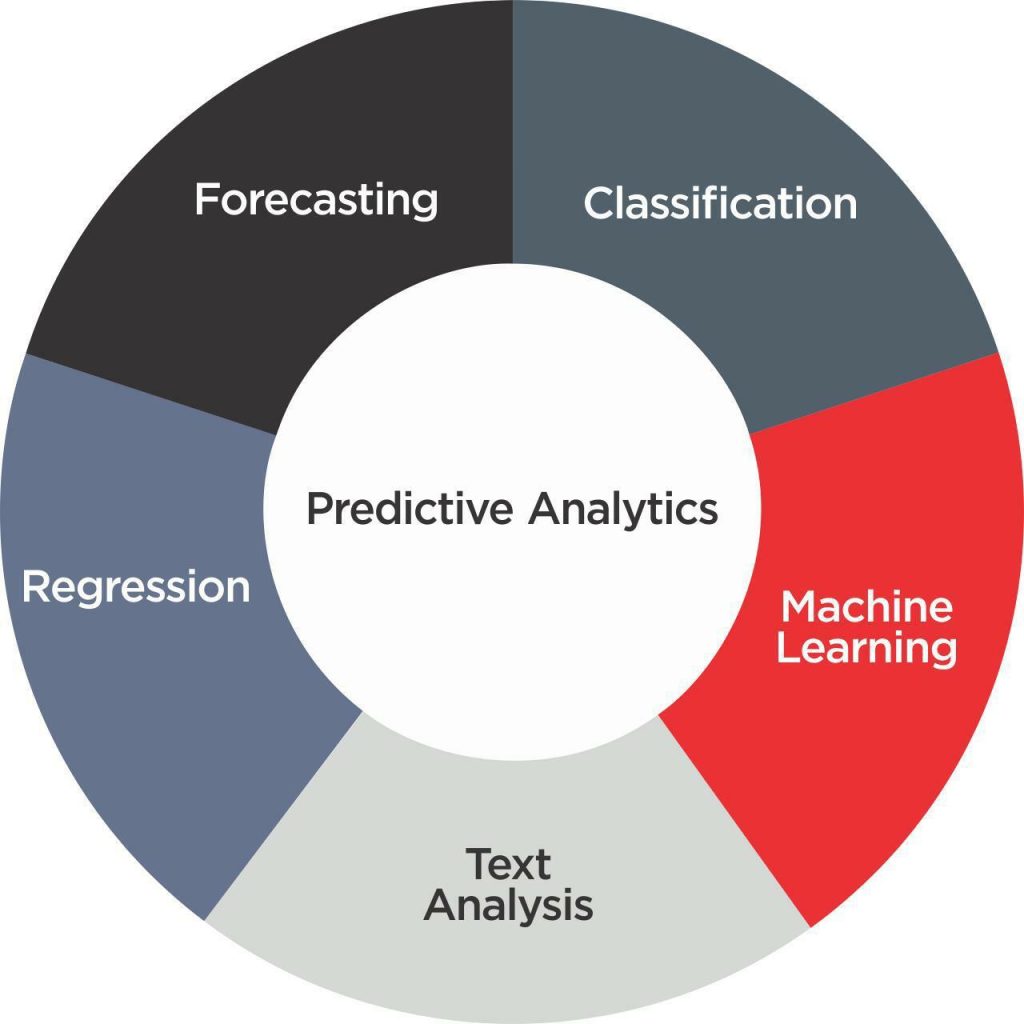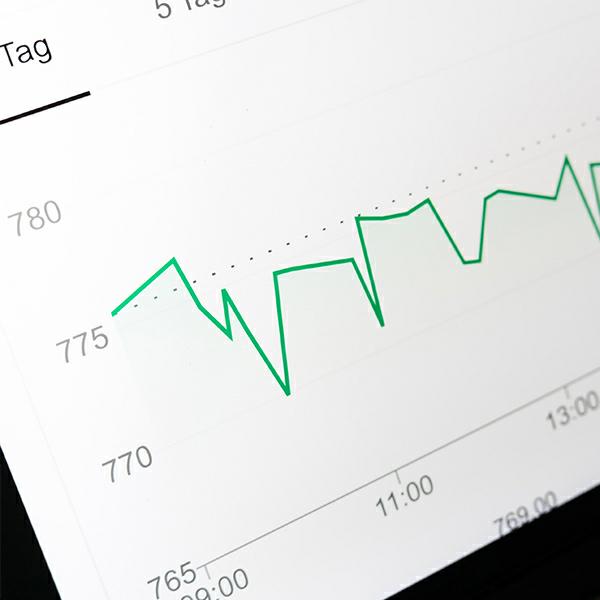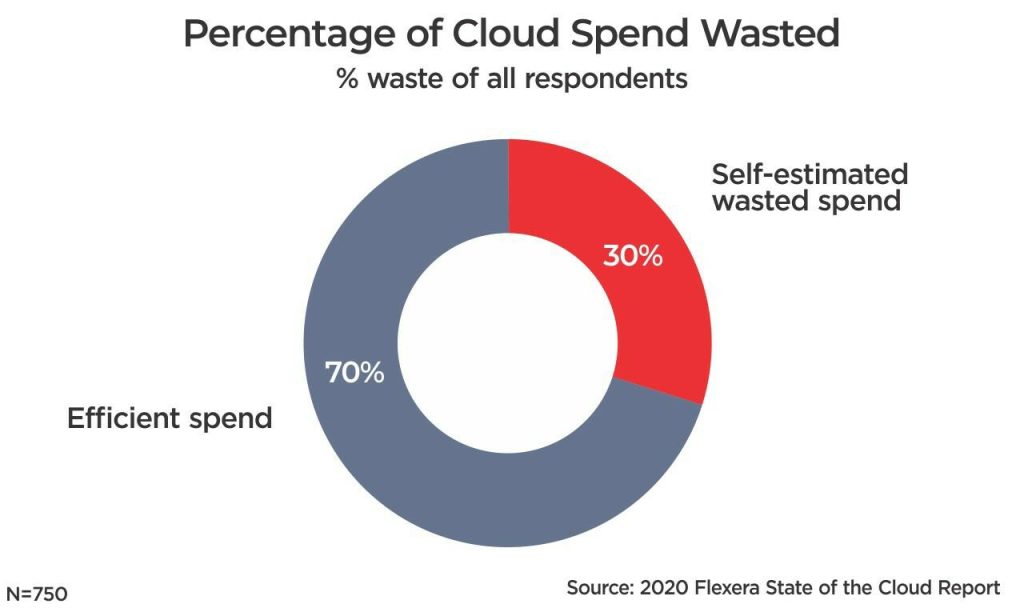Staying ahead of the curve with Predictive Analytics
February 23, 2021 | BY Rohan Hodarkar

“In God we trust; all others bring data.” – W. Edwards Deming
Long gone are the days when instincts, intuitions, traditional practices, and unproven assumptions would drive a business. Today, businesses are choosing a data-driven approach to understand the behavioral change in their customers and the performance of products/services, as well as to identify potential risks and growth opportunities for their organization. Business strategists are increasingly leveraging Analytics, Machine learning and AI on Big Data to optimize their decision-making process and make informed decisions. Predictive analytics is steadily gaining momentum and paving the way for businesses to learn from their historical data and build better, more dynamic data strategies. Businesses of all sizes and from all industries are realizing the vast potential of predictive analytics models to shape an agile, hyper-responsive and resilient organization.
A sneak peek into the future with predictive analytics
Before a technology that would predict future trends existed, businesses majorly relied on spreadsheets and rudimentary reports coupled with human instincts, and assumptions to make decisions. Now with predictive analytics, businesses can foresee trends with the help of historical and present data that helps to effectively plan for the future. It helps identify correlations between different data points that otherwise may be overlooked or perceived as isolated.

How predictive analytics will impact your business
Predictive analytics has been around for years but with the prevalence of machine learning, it has been easier for businesses to scale their efforts with much more reliable predictive models than before. Many industries like insurance, banking, retail, manufacturing, or pharmaceutical are already leveraging it to upsell and cross-sell products & services, predict customer churn, perform customer segmentation, anticipate process outcomes and glean potential risks.
Here’s how predictive analytics can help businesses gain a competitive edge over other players in the market:

Predictive analytics plays a crucial role in shaping the business for a better future by answering WH questions of an organization’s performance, challenges, and growth opportunities. It assesses historical data and enables business strategists to derive inferences that contribute towards building efficient business strategies.
Here are some of the key areas where predictive analytics makes a considerable difference in the possible outcomes.

1. Keep your loyal customers close and churning customers even closer
During the efforts and practices to know their customers, businesses end up gathering a lot of data. But without proper means to harness the optimum potential of this data, it becomes a tedious task to understand customers’ past experiences and fulfill their future expectations. This is where predictive analytics comes to the rescue.
Predictive analytics of customer behavior helps in creating highly relevant marketing campaigns to drive loyalty and generate leads. Using data collected from previous campaigns (especially data on the effectiveness of campaigns) and all demographic information about the customer base, predictive machine learning models can find correlations between their behavior and demographics. It also helps in classifying customers into various groups and reach them with desirable communication channels and targeted offers.
In a highly competitive business landscape, customer churn is the most challenging and pressing issue. Getting timely insights into customer churn and the influencing factors helps in preventing the churn before the revenue loss occurs. Predictive analytics has proven to be the most effective solution to accurately predict customer churn and generate reliable insights. This proactive approach helps business strategists to identify warning signs in case of losing a customer and allows them to revisit their campaigns to implement necessary follow-up or strategies before it’s too late.
Predictive analytics can also help in understanding the bottlenecks in business processes that are fuelling the churn and it can be studied further to enhance the business model altogether to benefit both the client and customers. With the use of predictive analytics, one of the most important traits of customers such as Customer Lifetime Value (CLV) can be predicted. This metric helps businesses to identify:
- Most profitable customers of all time
- Loyal customers
- Customers negatively impacting the revenue
Predictive analytics has made a significant difference to businesses’ approach to customer retention and has made the endeavor much easier than before.
2. Improve business with upselling and cross-selling of products
COVID-19 has spurred an increase in digital markets which requires businesses to become hyper-responsive to customers’ needs to remain competitive. Business strategists are now increasingly leveraging predictive analytics to study customer needs based on their past buying habits and make personalized recommendations. This is helping them navigate the business landscape more efficiently and spot more opportunities for upselling, cross-selling or combining both to increase profit. Marketing strategists too are mobilizing content-based recommendations to better engage their customers and drive better sales campaigns.
With advancements in algorithms, new frameworks, improved data collection, better hardware capabilities and millions of historical data points, thousands of products can be upsold or cross-sold to prospective users in addition to getting valuable insights that can help in tweaking and further fine-tuning marketing and sales strategies.
3. Identify the right time to buy raw materials for efficient procurement
Procurement is where manufacturing companies stand to make a maximum impact by optimizing the processes for better time and cost efficiency.
With predictive analytics, procurement departments of manufacturing companies can adopt a data-driven approach for awarding contracts to suppliers, which otherwise were awarded based on the lowest price and human intuitions. Such advancement in procurement is possible through analyzing various suppliers’ past performance data, current market pricing, and risk assessments.
Procurement departments can continually compare real-time pricing, current market performance, risk, and availability from suppliers and incorporate this with historical data to extract insights that help manufacturers get the best quality materials at the lowest possible price. It allows supply chain managers to identify cost-saving opportunities, prioritize suppliers, address supply risk opportunities and facilitate innovations.
Transportation departments can also examine the past shipping data and suppliers’ quality and risk positions to optimize the sourcing routes, identify best times and areas to get more value from the logistics processes.
The main applications of predictive analytics in procurement include:
- Spend analytics- Procurement spend analytics is one of the most important tools for manufacturing companies to identify saving opportunities, improve supplier relationships, perform risk management, and enhance buying power. Spend analytics helps the manufacturing sector to get clarity into the above-mentioned areas by gathering, segregating and analyzing data from internal and external sources.
- Contract analytics- This type of procurement analytics helps to get more clarity and insights into supplier contracts. By analyzing the meta-data associated with supplier contracts, it is possible to gather information regarding the payment terms and contract expiration dates.
- Supplier analytics- This is a data-driven approach to award contracts to the suppliers. It enables manufacturing companies to analyze and compare the performance of each supplier, and predict the risks involved.
- Spend forecasting: The ability to forecast procurement spend helps manufacturing companies in understanding the probable downfall or rise in commodity prices, which gives an idea of its impact on profitability and in turn, enables informed decisions.
- Commodity price forecasting: Commodity traders in the manufacturing sector leverage commodity price forecasting to gather estimates of future pricing fluctuations. This forecasting model helps them in identifying saving opportunities and make the best use of their budget and enjoy profitability while procuring commodities for their business purposes.
There are plenty of opportunities for the application of predictive analytics in the manufacturing sector and they are continuously growing owing to the manufacturing businesses’ need for better visibility into procurement processes.
4. Detect network anomalies
Network intrusion detection has existed in the security space for a long time now. The most common application of anomaly detection is to deal with intrusions and locate rare network traffic. With the rapid rise in internet technology and accompanying growth in several network attacks, network anomaly detection has become increasingly important.
Anomaly-based network intrusion detection relies on finding exceptional or uncommon patterns in network traffic data compared to normal behavior. It helps to identify and prevent potential problems such as financial frauds, medical conditions, structural defects, and malfunctioning equipment.
Anomaly detection with predictive analytics is dynamic, can be trained, and is not limited by a specific set of rules, which makes it robust to use in such applications. Supervised machine learning models analyze past normal and anomalous data points to find correlations between the independent environmental factors and historical anomalies. Unsupervised predictive modelling can isolate anomalies from normal data with the use of statistical techniques. Both techniques help in identifying and isolating issues before they happen, saving both effort and cost.
5. Optimize costs with predictive right-sizing of cloud resources
In most cases, public and private cloud providers offer users the flexibility of provisioning infrastructure with no upfront cost and auto-scaling capabilities. However, these facilities are usually accompanied by a higher cost of investment. The traditional methods of cloud resource provisioning with limited understanding of workloads tend to over-provisioning or under-provisioning of these services. As per a survey conducted by Flexera , 30% of total cloud resources are wasted due to over-provisioning.

Many organizations use multi-cloud environments. To gain visibility into such hybrid environments, business users rely on traditional analytical practices that overlook the correlation information across the infrastructure environment.
Data applications and workloads in such environments are dynamic in nature, and so the unpredictable changes in the network traffic, resource performances, and scalability impact cloud operations in real-time.
Predictive analytics allows cloud administrators to proactively optimize cloud resources based on historical trends of the workloads executing on these resources. Automated re-configuration of resources helps minimize overall cloud spend by allocating resources as per the predicted future needs rather than over-provisioning at the start. Cloud operations can make the right decisions with predictive analytics regarding:
- Resource provisioning
- Storage capacity
- Instance selection
- Cloud spends forecasting
With better visibility into these aspects of cloud operations, organizations can use cloud solutions to their optimum potential and manage workloads effectively by dispersing cloud resources as per the requirement.
Shape the future to your liking with predictive analytics
Predictive analytics is being adopted across various industries at an overwhelming pace. It is providing business leaders the much-needed visibility into how their decision making will impact the business today and tomorrow by utilizing historical and new data to gain insights into the future. It is not only enabling them to take the right decisions fast but also offering a larger canvas for growth. Predictive analytics has a varied scope for different industries but its role is equally crucial for all. Businesses stand to gain a significant edge over their competitors by leveraging predictive analytics to create both quantitative and qualitative business value in the short-term and long-term and proof for this exists in all industries without exception.

Rohan Hodarkar DATA SCIENCE AND MACHINE LEARNING DEVELOPER
Data science associate architect specialized in data analytics, data engineering, machine learning and artificial intelligence.
Connect On LinkedInRelevant Case Studies
This is a center of discovery and innovation where businesses can enable themselves with the latest insights and perspectives from technology experts to stay relevant in a competitive environment.
RELEVANT Reads

Perspective | November 25, 2020
Digital India and the ever-growing talent gap
India has always been one of the fastest adopters of evolutionary technologies and that has…

Perspective | August 20, 2020
Data Fabric: A unifying approach to enterprise data
According to a latest insight by IDC, data is growing at a phenomenal rate. During…

Perspective | June 22, 2020
Legacy Modernization: When is the right time for...
The Covid-19 pandemic has put a sharp focus on remote-working culture, creating a highly digital and contactless…





